Best practices for talking to your patients about glaucoma
January is Glaucoma Awareness Month. Optometry 360 Editorial Advisory Board member Marc Bloomenstein, OD, FAAO, an optometrist in Scottsdale, Arizona, talks about educating and guiding patients following a glaucoma diagnosis.
Question:
How can clinicians better educate the public about glaucoma and eye health in general?
Marc Bloomenstein, OD, FAAO:
One of the things that I always find really helpful when we’re talking with patients is not always telling them what they do have, but telling them what they don’t have. It’s really important, especially when you discuss a disease state like glaucoma. People hear about it. They confuse it with cataracts. I know somebody who had it, but they also only associate it with pressure.
One of the things that I always find really beneficial, especially in and around Glaucoma Awareness Month, is to provide patients with an idea as to what we’re really looking for. What’s the relevant importance of dilating the eye? Why are we specifically looking at the optic nerve? More importantly, what is the disc to cup ratio? Patients love being educated, and more importantly, when you can associate that with some of the other things we’re looking at. We look at people who have sleep apnea or people that have a family history, your race, and then associate that with pressure, but more importantly, what the form and function of the nerve is. I think Glaucoma Awareness Month is a great opportunity for us to really shine light on what we do clinically and the really importance of an annual eye exam.
Question:
How do you talk to, guide, and counsel your patients following a glaucoma diagnosis?
Marc Bloomenstein, OD, FAAO:
When you make a glaucoma diagnosis for patients, you really run the risk of putting a patient, having them step back and you’ve just given them basically a chronic disease that, for all intents and purposes, they’re never going to get rid of. I almost would say I approach it from the perspective of sensitivity, but also with the sense of just urgency, relative importance to the disease. This is a slow, insidious process and it’s made better by having treatments that can manage the disease. I always like to tell my patients, “Look, this is what I’m seeing now, and what we’re going to do is basically hold it at bay. Our goal here is to manage this disease so that it never affects the quality of your vision ever.”
In doing so, what I really like to do is set up patients for success. What I mean by that is that what’s their responsibility in this? Then what’s my responsibility? My responsibility is to watch to see that things aren’t changing. My responsibility is to look at new technologies and new diagnostic opportunities. Their responsibility is to be adherent to whatever medications we may choose, to be responsive if they feel that things are expensive, or to be responsive if they feel that it’s just not working as well.
I feel like when you make this diagnosis, you’re really creating a bond between you and that patient. I think doctors that do this really well, patients, they’ll be there forever, and regardless of circumstances, they’re going to have that trust in you. For me, it is just that bond I create between patients.
I will say one more thing too is that I think we use the term suspect, and I don’t like the term glaucoma suspect because it almost feels like we don’t know. We’re a little suspicious. You hear people say things like, “I’m pre-diabetic.” I would rather say something like you’re pre-glaucoma or you’re glaucoma-adjacent, but I try to avoid the word suspect because it feels like you just don’t know when the reality is is that you look like you may have it. It’s not a matter of do I suspect it or not. The challenge with that though is that unlike diabetes, where patients will feel like, “Dude, I just lost 40 pounds. I draw my lbs down. I’m hitting the elevator. It’s called Ozempic.” Those patients, once they lose their weight, they feel like they’re not diabetic anymore. To me, once you have glaucoma, we never get rid of it. We have to tread lightly with that perspective. But I think it’s important to differentiate a little bit.

Contact Info
Grandin Library Building
Six Leigh Street
Clinton, New Jersey 08809


